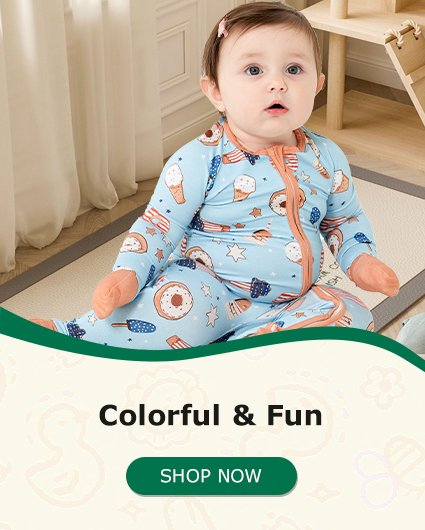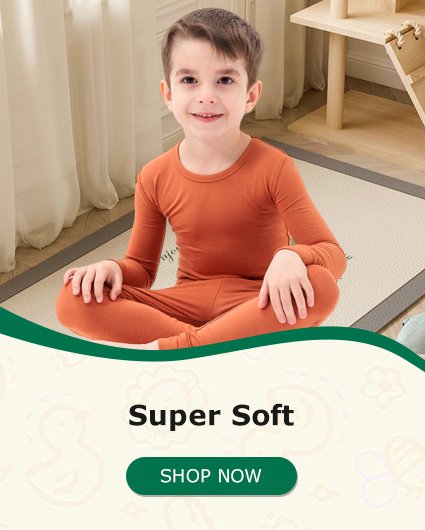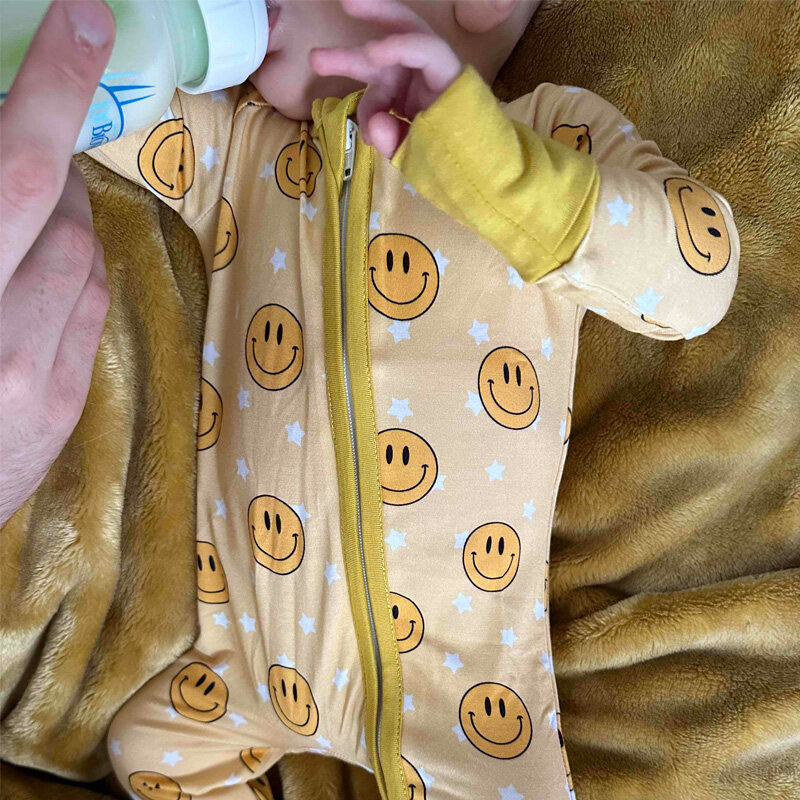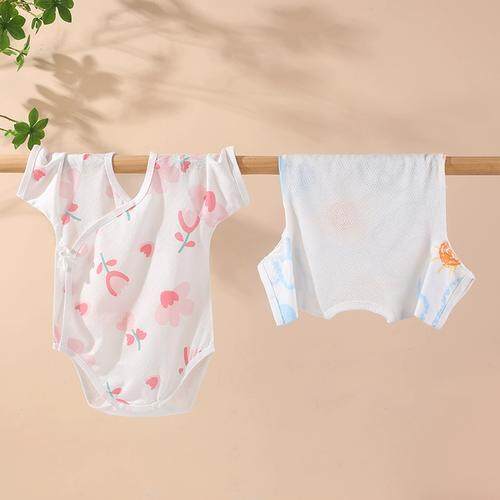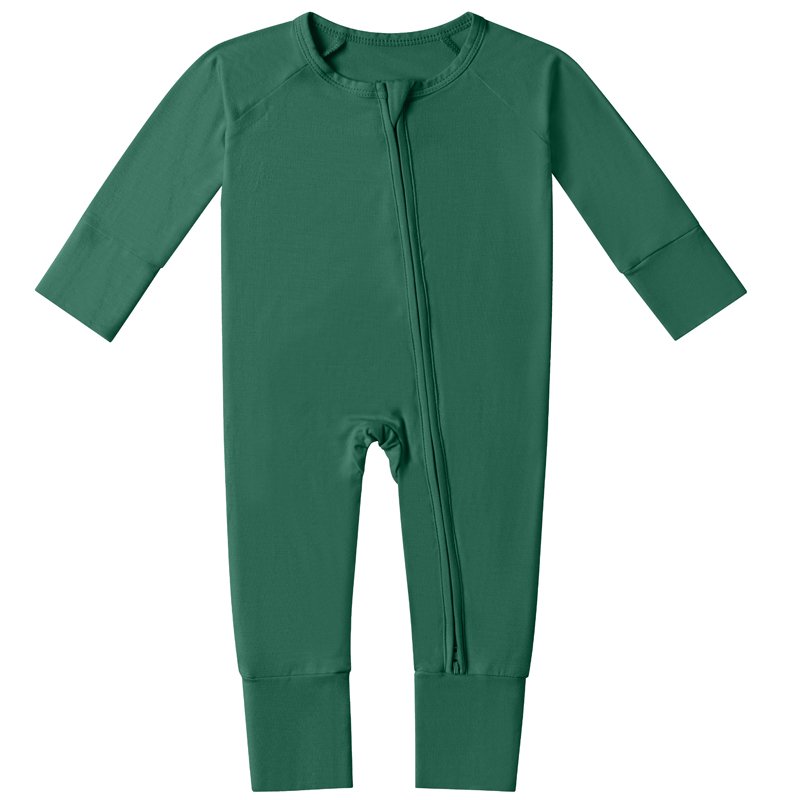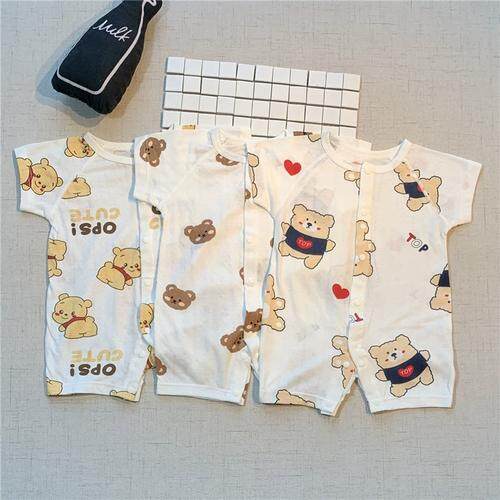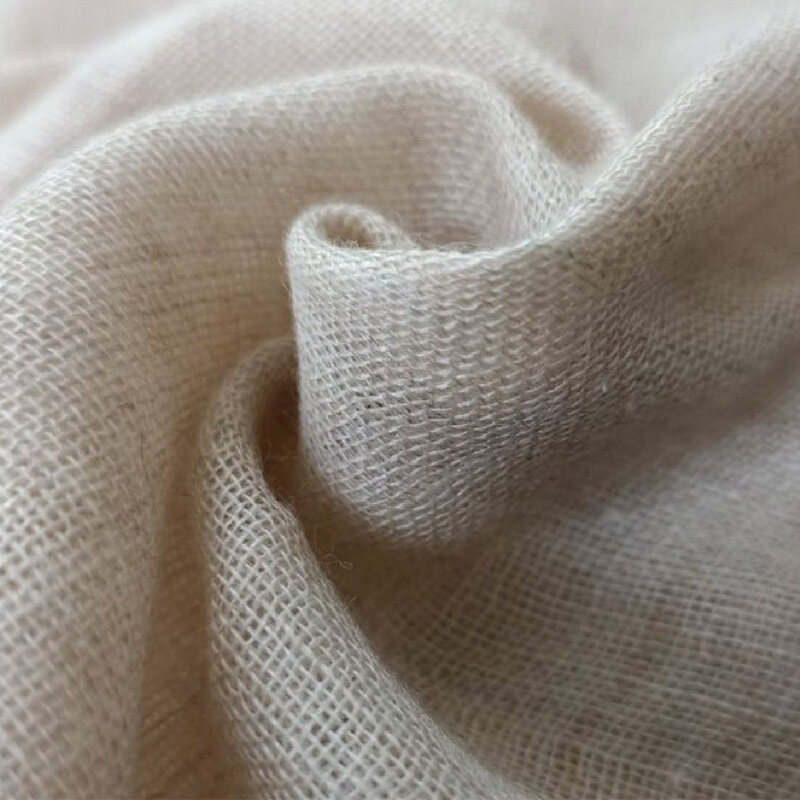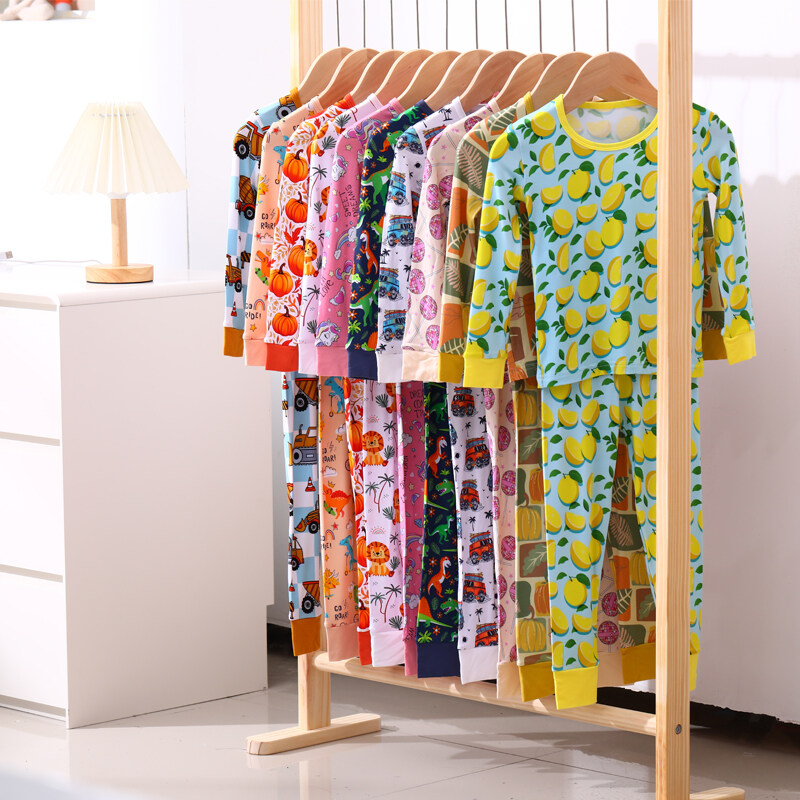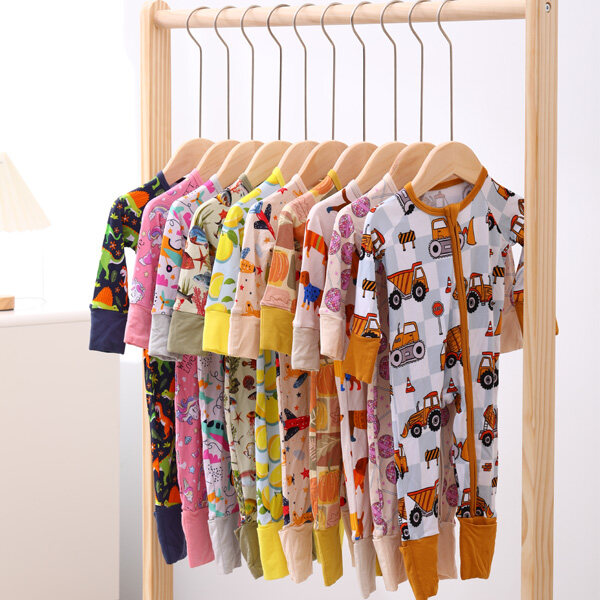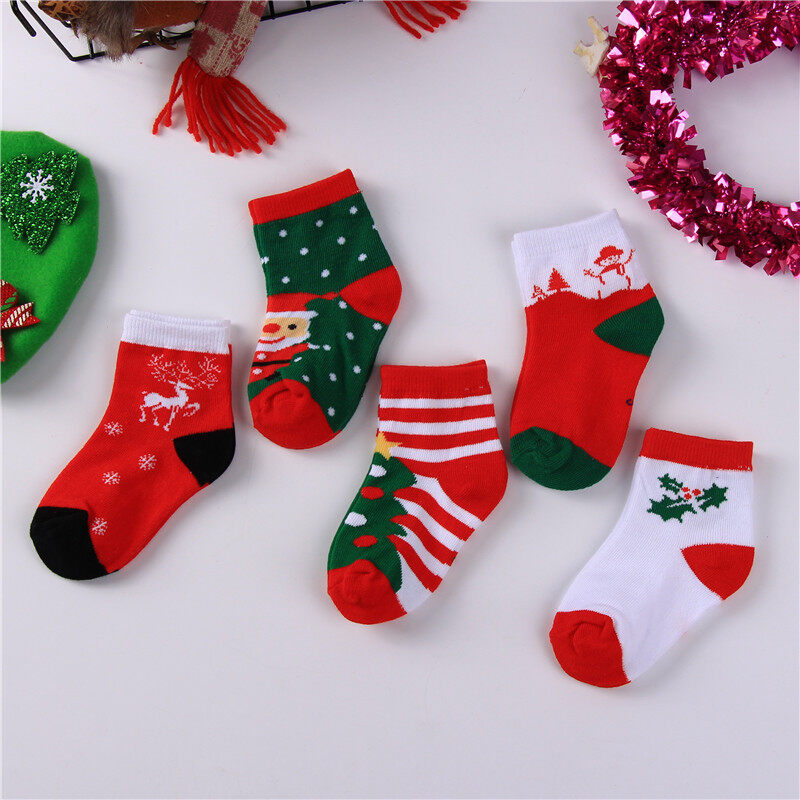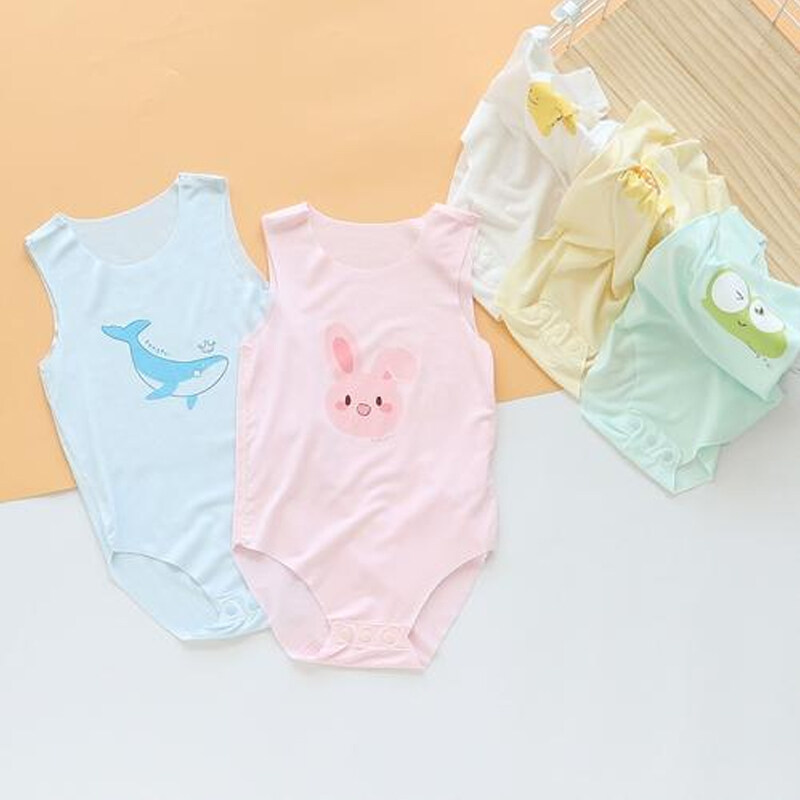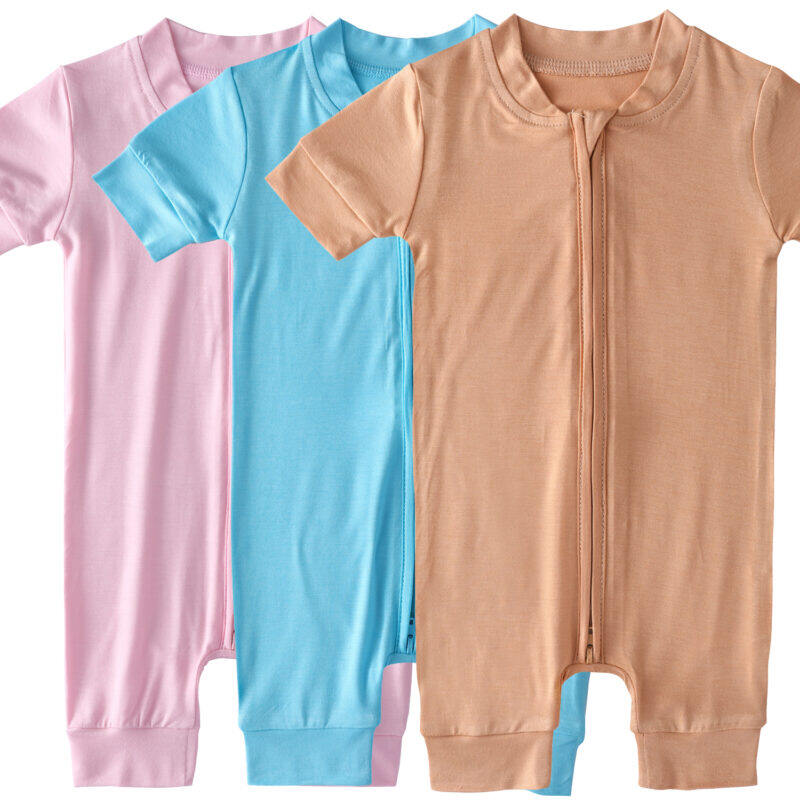Choosing Baby Rompers Carefully: A Practical Guide for Parents

Every new parent looks forward to preparing a few adorable outfits for their little one before the baby arrives. It’s hard to resist all the cute pieces in baby stores—you just want to bring them all home!
Among the many styles available, rompers (also called onesies or coveralls) are a top choice for many moms because they’re versatile, comfortable, and easy to put on and take off.
For babies from newborn up to 3 years old, clothing isn’t just about style—it’s also about safety, fabric quality, and comfort. So, how should parents choose the right romper?
What Are Baby Rompers?
A romper (also called a coverall or “onesie”) is a one-piece outfit with the top and pants connected. They can be long-sleeved or short-sleeved, with or without footies. Many parents prefer footless designs since they’re looser and allow more freedom of movement.
For newborns, the most important thing is to choose soft, skin-friendly fabrics to avoid irritation or allergies. A round-neck design also makes dressing easier.
How to Choose Romper Styles
0–3 months: Side-tie or snap-front tops (like kimono or wrap-style outfits)
- Newborns have very weak necks, so pull-over tops are not recommended.
- Side-tie or snap-front designs make diaper changes easy without fully undressing your baby.
2 months–2 years: One-piece rompers
- For younger babies, snap-button rompers are practical for quick diaper changes and keeping the tummy covered.
- Once your baby’s neck is stronger, pullover styles are fine, especially in fall and winter for extra warmth.
- Zipper rompers are great for nighttime when you don’t need frequent changes, or as an outer layer.
Avoid button-down and drawstring styles
- Buttons can be a choking hazard if they come loose, especially during teething.
- Drawstrings can wrap around a baby’s arms, legs, or neck, creating serious safety risks.
Benefits of Baby Rompers
- Keep the tummy warm
Babies often kick blankets off while sleeping. Since rompers connect the top and bottom, they prevent little tummies from getting exposed. - No restriction on growth
Traditional pants with elastic waistbands can press on a baby’s stomach and even affect bone development. Rompers have a looser, more comfortable fit. - Better hygiene and privacy
Unlike open-crotch pants, rompers keep your baby covered and protected. - Easy diaper changes
Many rompers have snap openings at the bottom, so you can change diapers quickly and easily. - Simple to put on and take off
With snaps or ties, you don’t have to struggle while dressing your baby. Less fuss, fewer tears. - Stylish and versatile
Basic rompers can be paired with overalls, dresses, or pants for cute, mix-and-match outfits. - Longer wear
When your baby grows, you can snip off the footies and keep using the romper as a bodysuit—or even cut it into a T-shirt later on.
Tips for Choosing the Right Romper
- Go for 100% cotton
Cotton is breathable, absorbent, and gentle on the skin. Synthetic fabrics may trap sweat, irritate delicate skin, and increase the chance of colds. - Choose safe colors
Stick with light, natural tones. Bright, overly vivid colors may indicate chemical dyes, and extra-bright whites may contain fluorescent agents. - Check the quality of stitching
Look for neat seams, no loose threads, and minimal rough edges. Well-made rompers are more comfortable and safer for babies. - Pick a loose fit
Babies move a lot! Loose-fitting rompers let them stretch and play freely, supporting healthy growth and development.
👉 In short: comfort, safety, and practicality should guide your romper choices. With the right pieces, your little one can stay cozy, safe, and happy every day.


